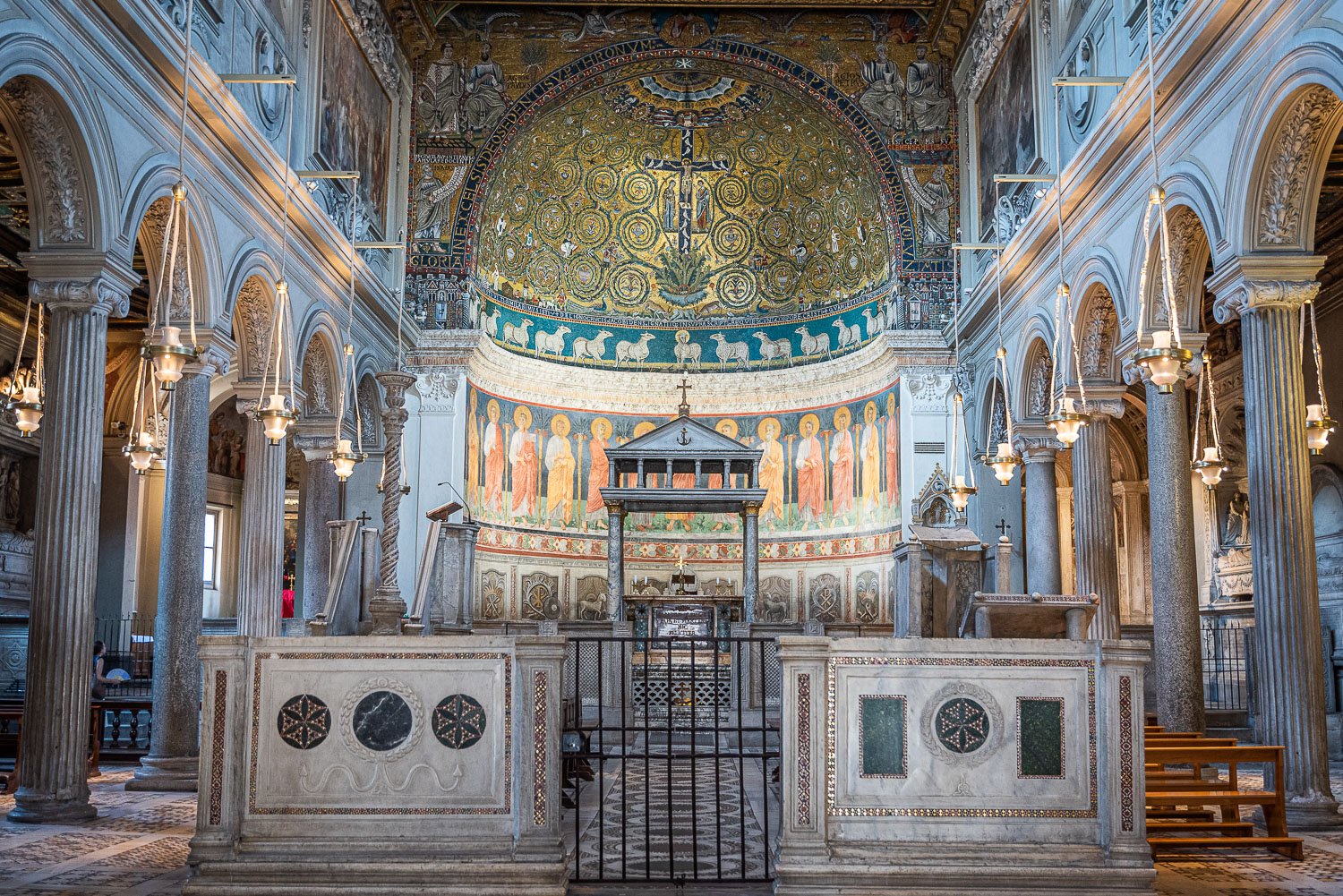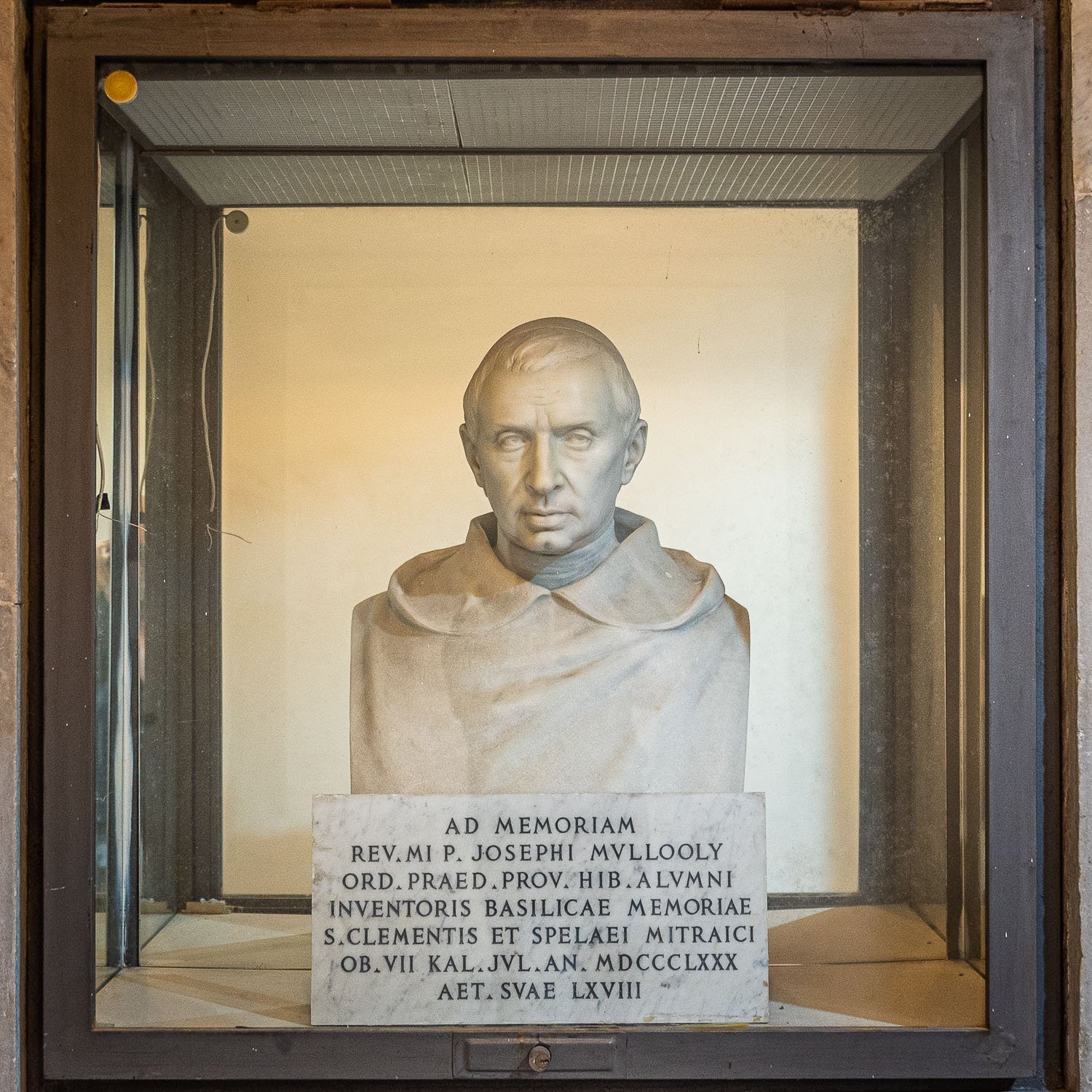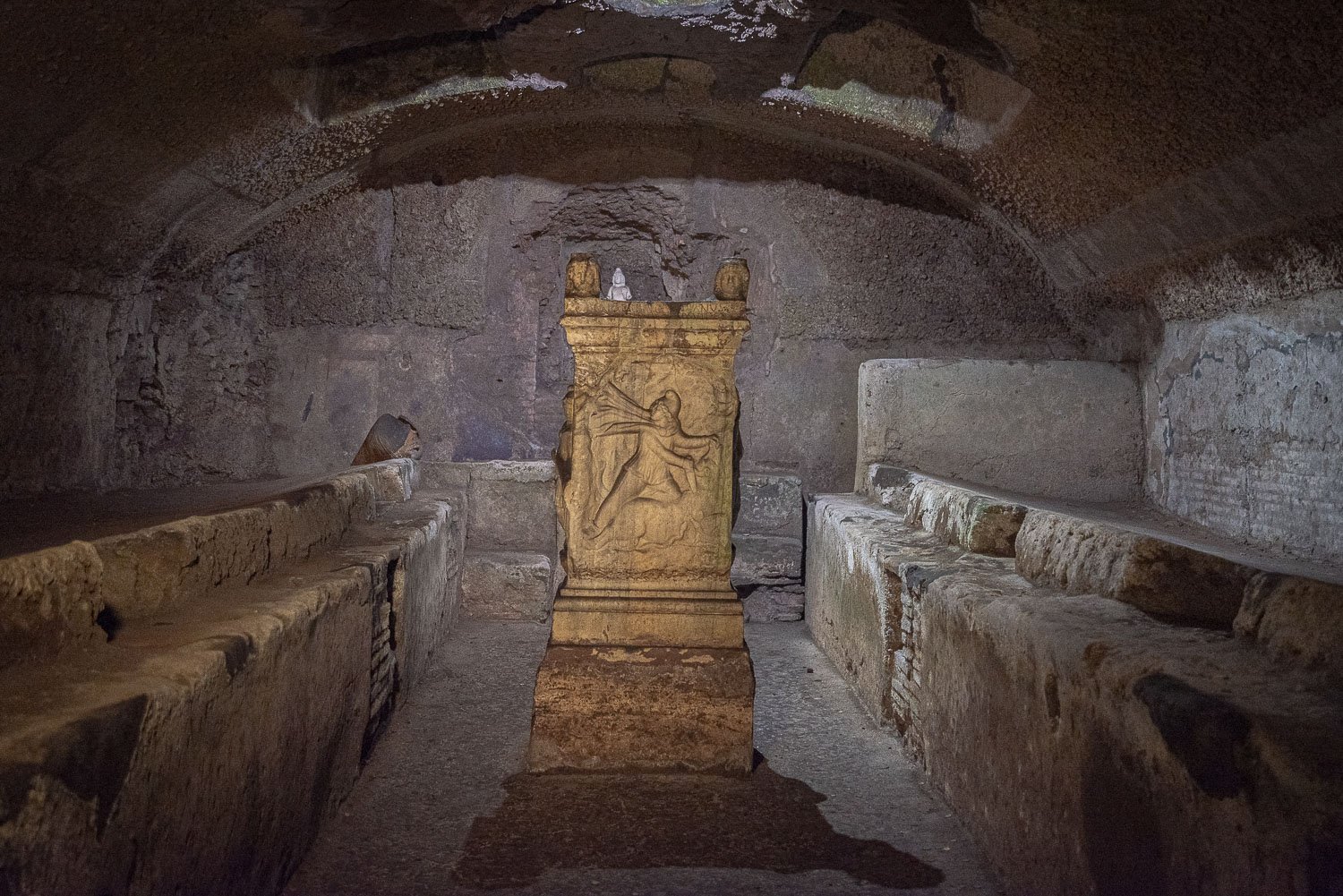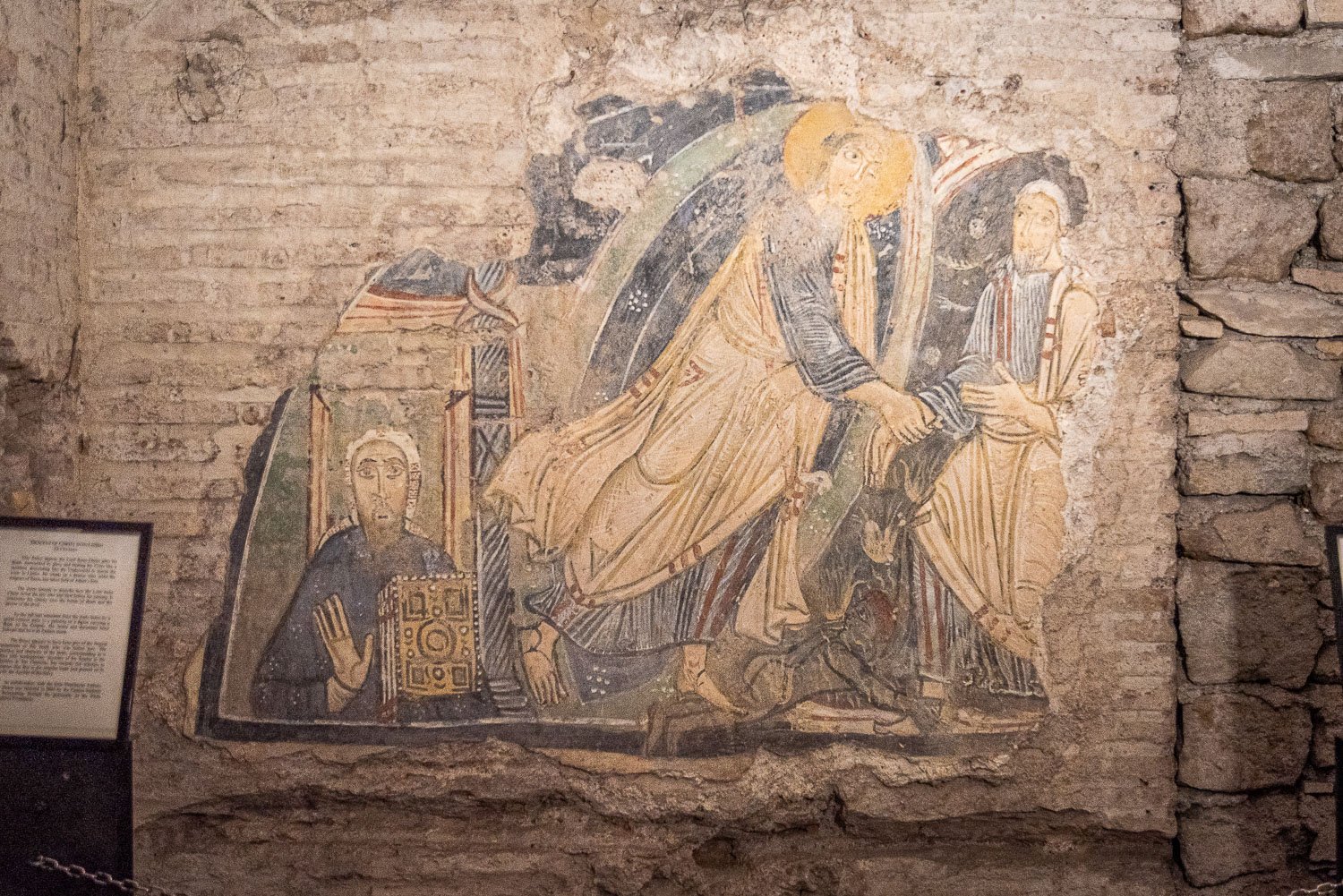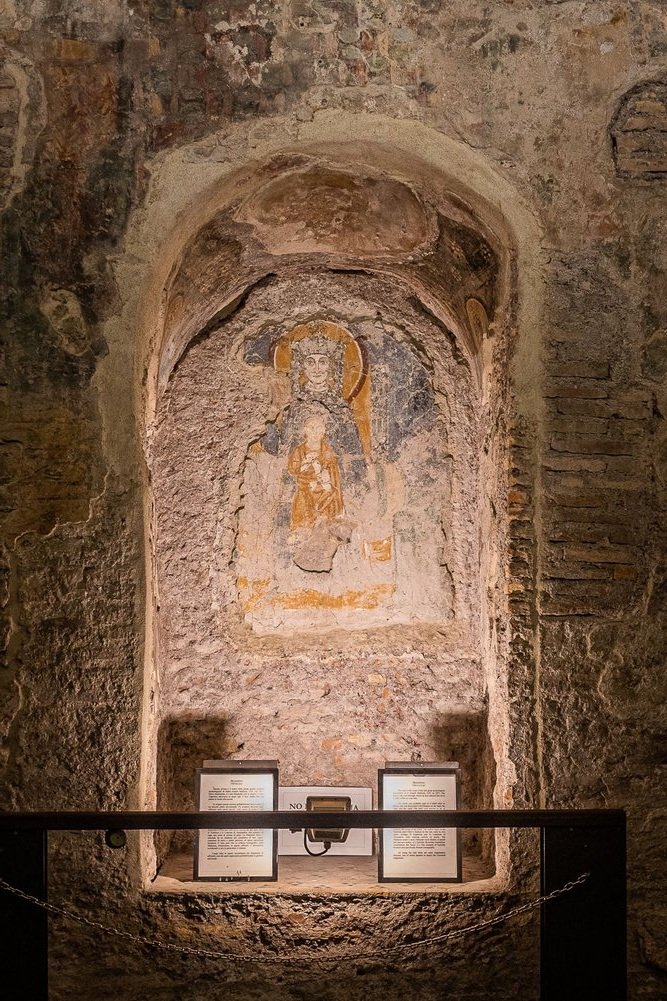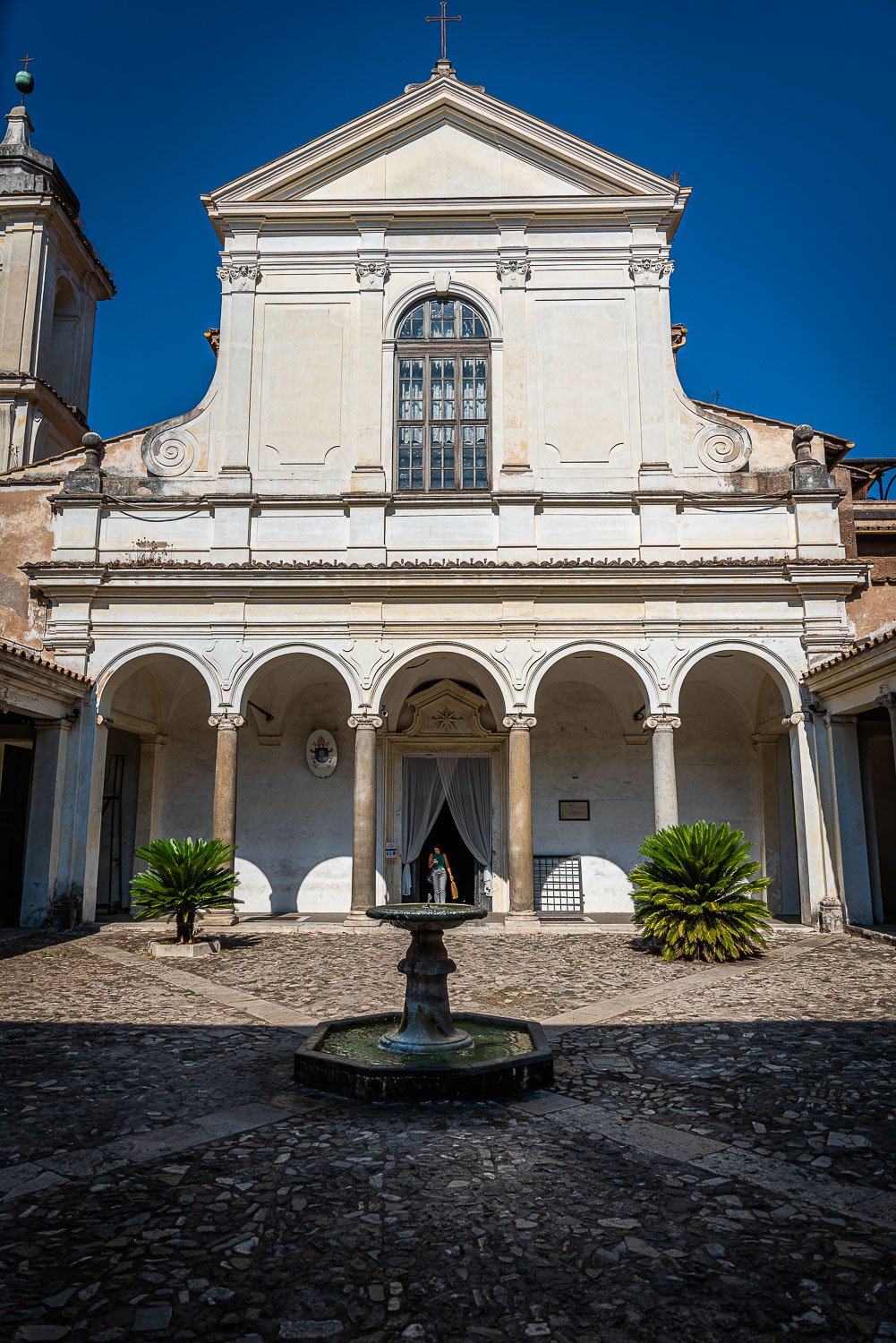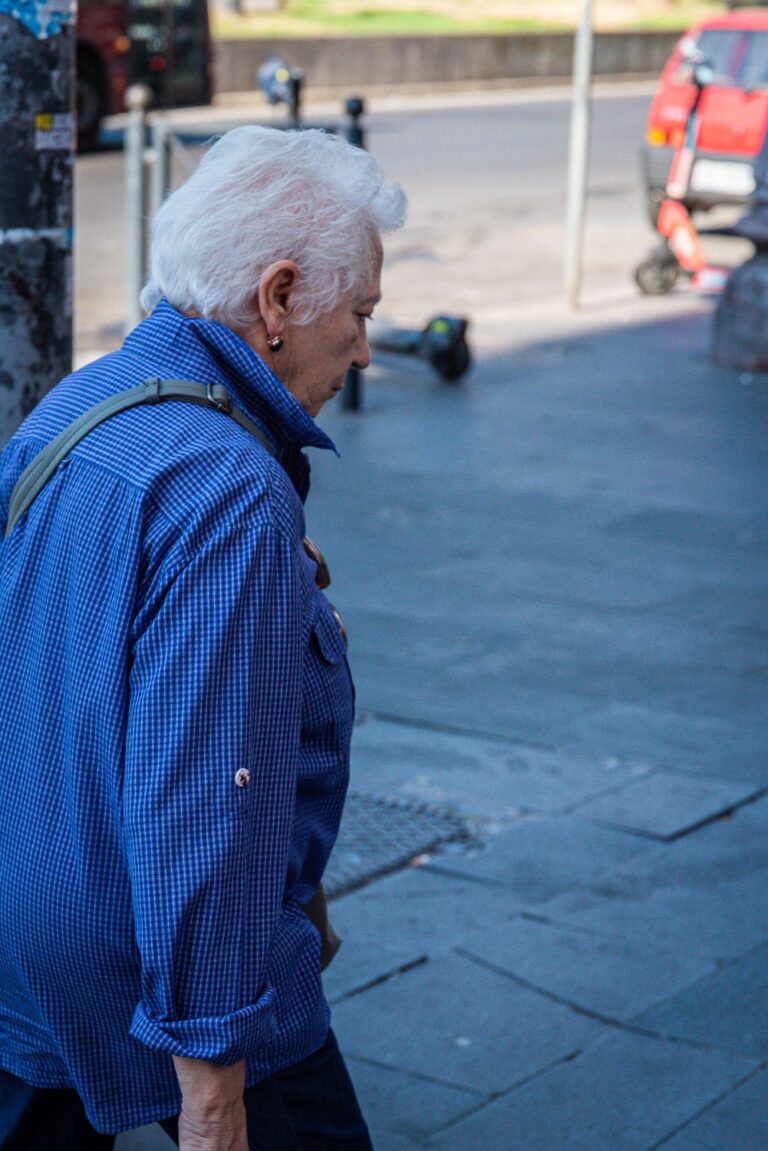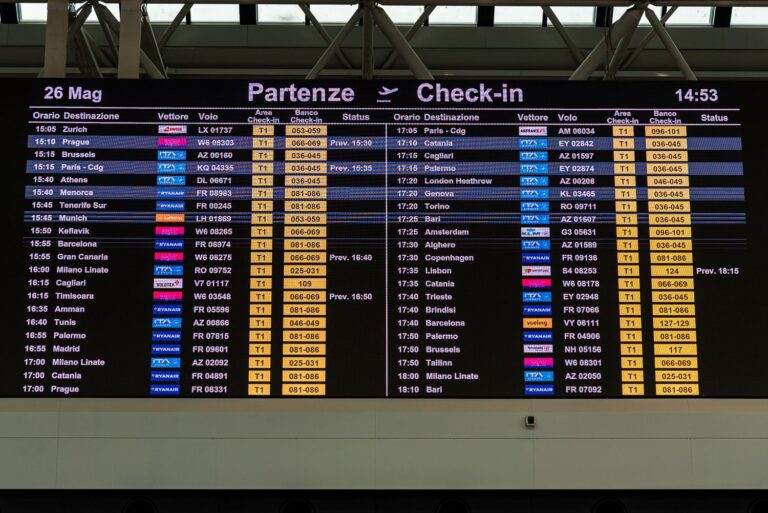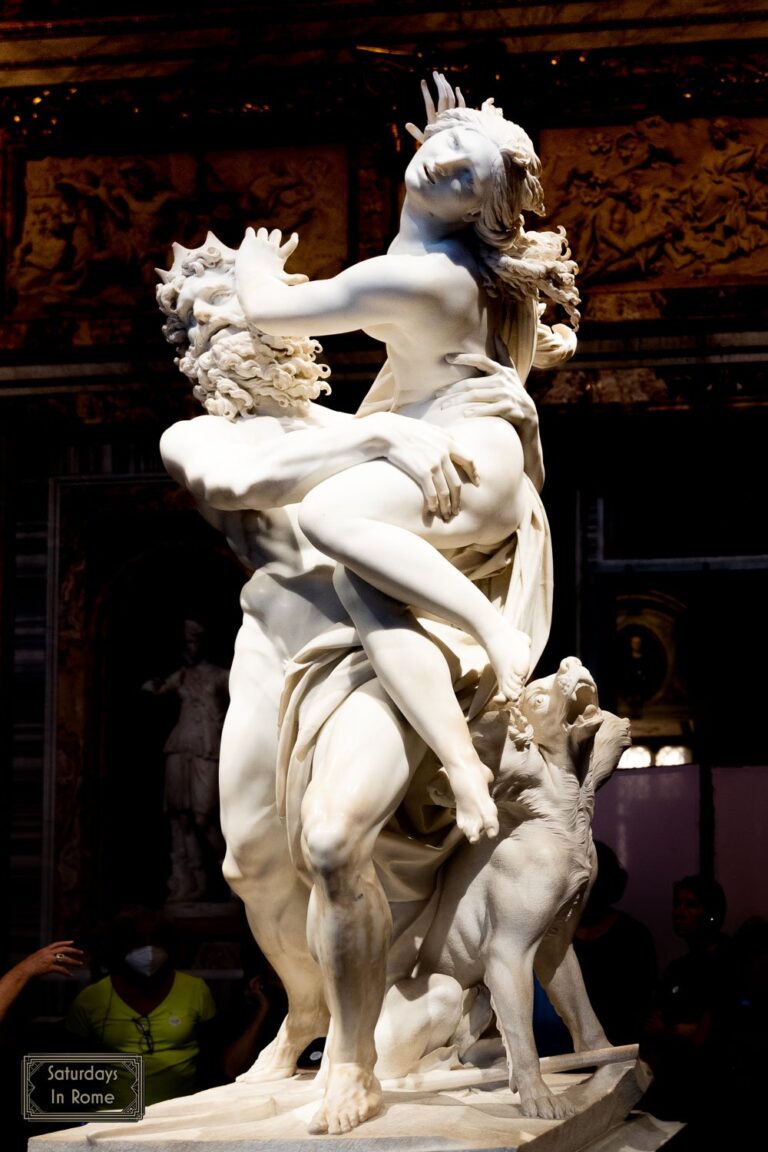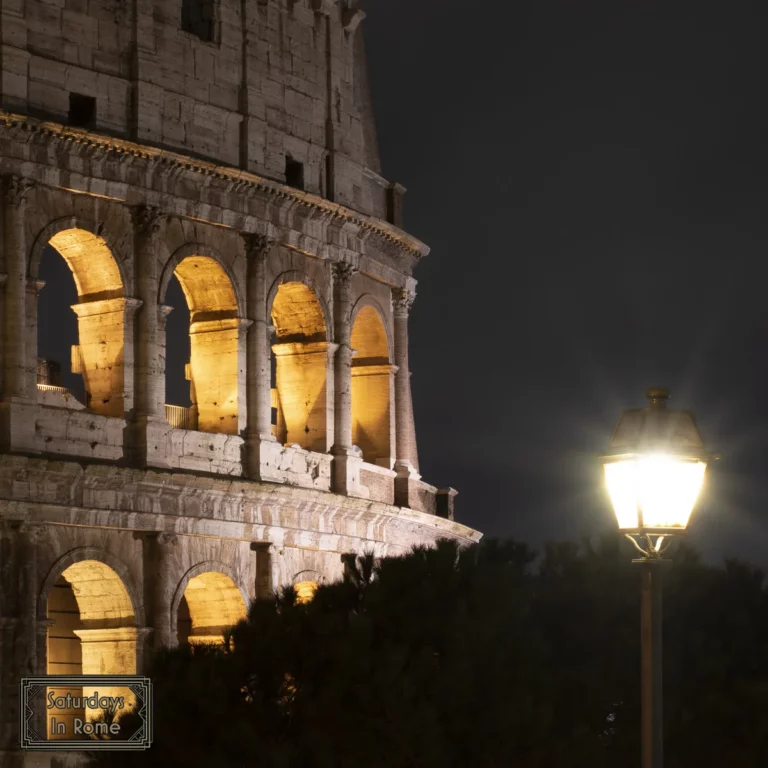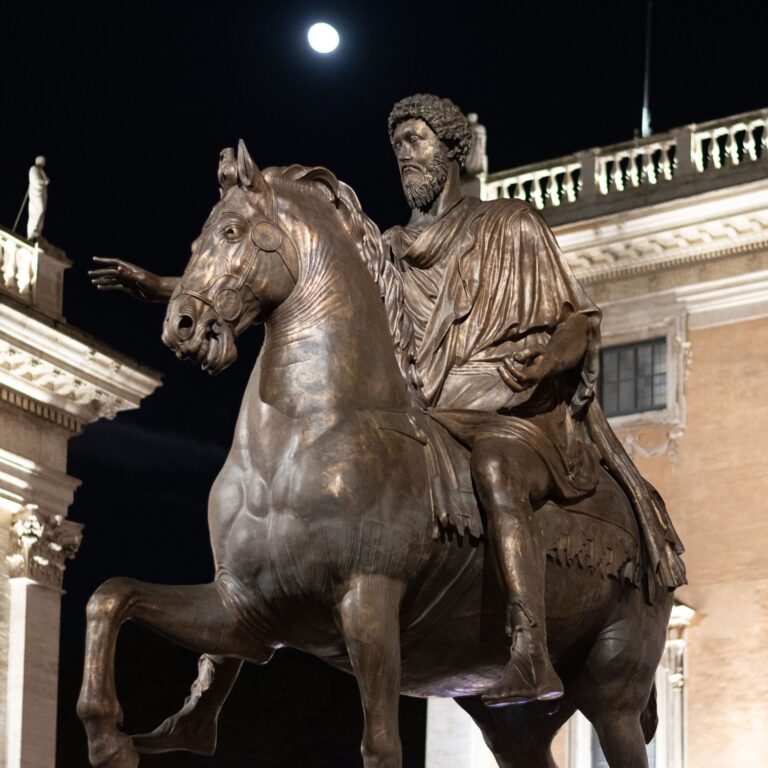San Clemente In Rome Is A Basilica With Layers Of History
San Clemente in Rome, Italy is a basilica near the Colosseum that is worth a visit because of the unique layers of history that have lasted for centuries.
The Basilica of Saint Clement
The 3 Layers Of San Clemente In Rome
The top (present) level is the Roman basilica of San Clemente and it was built in the year 1100 AD. The next level down, on which the basilica was built, is a 4th century basilica built in a home that had previously been a church as well. This had been built on top of a villa from the times of the Roman Republic and had been destroyed during the Great Fire of Rome that occurred in 64 AD. There are varying accounts of this fire because although there were motivations and accusations that Emperor Nero had started the fires so that he could rebuild Rome in his image, he accused the Christian community, which was at the time a religious minority that was in conflict with Roman paganism. This would lead to an increase in persecution of Christians.
Need Help Planning?
- Cheap Flights: Find The Most Affordable Flights.
- Accommodations: From 1 to 5 Stars And More.
- Car Rentals: Affordable Travel Across Italy.
- Sightseeing Tours: Explore Some Amazing Tours.
- Buying An eSIM: Stay Connected In Italy.
This post includes affiliate links.
Who Was San Clemente?
Regarding San Clemente himself, little is known about him. According to ancient documents, San Clemente was the third in succession after Saint Peter. San Clemente is honored as a martyr based on documents from the fourth century that tell how he, during the reign of emperor Trajan, was sentenced to exile in the Crimea and forced to labor in the mines.
Recovering History From San Clemente In Rome
Bust of Fr. Joseph Mullooly
Fr. Joseph Mullooly was born in Ireland and in 1840 he left for Italy where he took the Dominican habit, and in the following three years he was ordained a priest. He was assigned to the basilica of San Clemente in 1846, where he remained for the rest of his life. In 1857 he began excavations under the basilica and within ten years he discovered an early Christian basilica (level 2) and then the ancient level 3, which dates back almost to the time of San Clemente himself. In June of 1880, Fr. Mullooly collapsed and died five days later in San Clemente. He was originally buried elsewhere, but in 1912 his remains were brought back to San Clemente where they remain under the altar of the basilica that he himself had excavated.
St. Cyril (San Cirillo) had found in 861 AD the relics of what he believed were of Pope Clement, along with an anchor, which was known to be symbolic of his martyrdom. The two brothers, St. Cyril and Methodius, at the invitation of the Pope, came to Rome in 867 bringing with them these remains. In the year 869 AD, St. Cyril died and his body was brought back from Crimea and buried in the Basilica of San Clemente.
The Tomb of St. Cyril was discovered in 1863 and for historical reasons, the relics were moved from the basilica and later, their traces were lost. In the 1960s, Dominican priests from Ireland managed to find a fragment of these relics and Pope Paul VI personally placed this fragment in the Basilica of San Clemente in the hope that the fragment would help strengthen the bonds between the Roman Catholic church and other Christian communities around the world.
San Clemente In Rome Frescoes and Mosaics
The Particular Judgment (Il Giudizio Particolare)
A Mithraic Altar
In this fresco, Jesus is in the act of blessing in the way of the Byzantine rite. He is surrounded by archangels and Apostles, with two figures kneeling and undergoing judgment. They are most likely the brothers Cyril and Methodius. The style of the fresco is from the Byzantine age, without being updated as was common.
Transfer Of The Relics Of San Clemente (Traslazione delle reliquie di San Clemente)
This fresco details the transfer of St. Clements remains from St. Peter to St. Clement’s Basilica , which the brothers Cyril and Methodius had brought back from Crimea. The two brothers accompany the saint’s body with Pope Adrian II, who received the missionaries. The Central Institute for Restoration (Istituto Centrale per il Restauro), financed by the Ministry for Cultural Heritage and Activities (Ministero della Cultura), oversaw the restoration of the fresco.
Miracle Of The Sea Of Azov (Il Miracolo del Mar d’Azov)
Descent Into Limbo
Tied to an anchor and thrown into the Black Sea, the body of St. Clement was recovered from his underwater tomb and then buried on an island. Once a year, due to the ebb of the tide, this tomb reappeared to the population. As depicted in this fresco, a child was swallowed by the rising tide, but only to be found by his mother, safe and sound in the grave when it resurfaced the following year. Similar to above, the Central Institute for Restoration (Istituto Centrale per il Restauro), financed by the Ministry for Cultural Heritage and Activities (Ministero della Cultura), oversaw the restoration of the fresco.
Descent To Limbo (Discesa al Limbo)
This fresco of Christ’s descent into Limbo was discovered in 1868, and it was the last fresco found by Fr. Mullooly during his excavations. It depicts Jesus after his death as he descends into the Underworld while trampling on a demon. The fresco appears to have been part of the funeral monument of this monk who was buried here.
Madonna
This is the scene of the first major archaeological discoveries of Fr. Mullooly in 1857. On the back wall of this niche a fresco of a Madonna and child was found. After a few days this fresco collapsed, revealing the current Madonna now visible. The Madonna herself is crowned by a more complex royal-styled diadem with Byzantine inspiration. The iconography in this fresco is typically Western and specifically Roman.
The Madonna
How To Visit The Basilica
The Basilica can be found at:
Basilica San Clemente
- Via Labicana 95, 00184 Rome
- Tel: 06 774 0021
- email: segreteria@basilicasanclemente.com
Is Basilica di San Clemente Free?
Tickets can be booked online and the costs are:
- Adult – €10.00
- Student Up To 26 Years Old (With Student Card) – €5.00
- School Groups Students Up To 26 Years Old – €5.00
- Disabled And Caregivers – €0.00
- Student Up To 16 Years Old Entering With Parents – €0.00
Courtyard Heading Into Basilica
More Information On Other Amazing Churches In Rome, Italy
If you enjoyed this post about San Clemente in Rome, then I have some other posts about religious sites around Rome that you may also find interesting. Check these out:
- Exploring The Great Churches of Rome On Altar At A Time.
- These Are The Best Churches In Rome You Must See!
- Santa Maria Sopra Minerva Is A Popular Church Not To Miss.
- Inside The Pantheon: What You Will See When You Visit.
- The Church Of Santa Maria Della Scala In Trastevere Awaits.
- 9 Amazing Religious Sites In Rome For Everyone To See.
- The Oldest Church In Rome Is Hidden Among The Better Known.
- San Saba, Rome Is A Jesuit Basilica You Need To Explore.
- The Church of Santa Maria della Vittoria In Rome, Italy.
- The Nativity Scene At The Vatican Is An Inspiring Site.
- Scala Sancta Is A Unique Experience For The Faithful.
- The Santo Stefano Rotondo Church In Rome Must Be Seen.
- The Beauty Of A Small Church In Rome Must Be Experienced.

